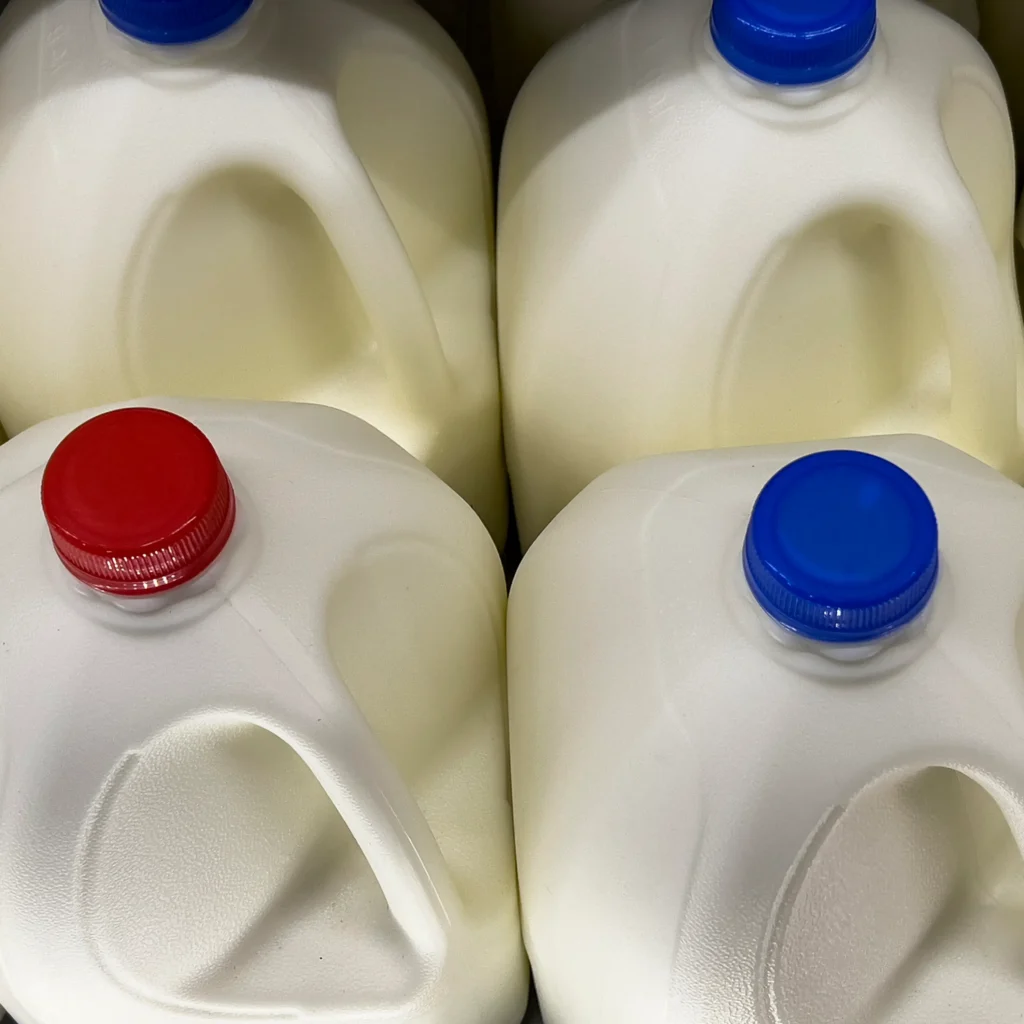The pork industry, like other parts of the U.S. economy, is undergoing rapid change due to changing technology, demands from consumers, and methods of organizing production. Not everyone is happy with these changes, resulting in pressure on elected officials to intervene.
Mechanization and specialization have allowed larger producers to achieve economic efficiencies that were not possible 20 years ago. Smaller producers have had to seek ways to adjust to those changes to compete for capital and markets. Meat processors (also called “packers”) have sought to exercise greater control over the production of pork by owning and raising hogs themselves or signing contracts with producers.
With the industry increasingly dominated by big corporations, small farmers worry they are being squeezed out. Consumers, too, are worried. They increasingly demand to know more about the conditions under which livestock are raised and are willing to pay a premium to buy “natural” or “organic” pork. Legislators hear these concerns and introduce bills to limit packer ownership of livestock or regulate the terms of contracts between processors and producers.
Often missing from this dialogue, though, is a broader understanding of how changes in the pork industry are a necessary response to changes in consumer demands and the rising levels of specialized knowledge held by hog producers. The ongoing reorganization of the pork industry benefits consumers by ensuring the products they buy are fresh, safe, inexpensive, and what they want.
Consumer demand for pork products is changing as more consumers insist on fresh food products year-round, purchase processed and pre-cooked foods that take less time to prepare, prefer branded to unbranded products, respond to perceptions about socially responsible production, and increasingly buy from major retail grocery and restaurant chains.
Hog farmers are becoming increasingly specialized, enabling them to develop core competencies that make them more efficient than yesterday’s farmers and ranchers. The pork industry has become more vertically and “virtually” integrated in order to respond quickly to changing consumer demand and capture the benefits of producer specialization.
Integration benefits pork consumers and creates new opportunities for pork producers to profit and manage their risk while adding value to the production process. Vertically integrated companies often contract for some of their supply and enter into marketing agreements with other firms.
Virtual integration–which occurs when processors choose to use qualified suppliers who ensure the availability of at least a portion of their needs with known quality–allows meat processors to focus on their core competency, which is meeting the needs of their customers: retail food stores, restaurants, and the food service industry. Raising livestock requires different skills, which producers have acquired in increasing amounts over the years. Tapping the expertise of specialized producers requires that processors surrender some control over the production process and rely on others to supply live animals.
Producers who choose to raise hogs owned by others substantially reduce the cost of capital and eliminate market price risks. As long as they can maintain production volume and efficiently produce hogs for the contracted amount, they can make money.
Some advocacy groups and elected officials claim recent changes in the industry’s organization threaten consumers or producers, but there is little basis for such fears. According the USDA, “contracting raises total productivity by 20-23 percent and by as much as 50 percent for some inputs.”
Producers themselves are generally satisfied with being part of an integrated industry. Glenn Grimes et al. reported that contract growers rated their contracts an average of 4.9 on a scale of 1 to 6, with 6 being very satisfied. Contractors (the owners of the hogs) rated the contracts at 4.6, even though many have suffered significant losses over the past five years. Producers who are not contractors or contract growers rated contracts at 3.7.
Most production contracts are for four to five years. When contract producers were asked what they would do when their current contract expires, 80 percent said they would attempt to renew their contract with the current company. Only 9 percent said they would attempt to go with a different company, and 4 percent said they would go independent.
There is no need for regulations that prohibit or curtail the use of production and marketing contracts. Such regulations, by creating barriers to entry into the industry and protecting some insiders at the expense of consumers, would be detrimental to all market participants, including and even especially consumers.
This is an area where markets are working well. Policymakers should leave well enough alone.
Ross Korves ([email protected]), an agricultural economist, is the author of a Heartland Policy Study on integration in the pork industry. He has written extensively on economic trends affecting U.S. agriculture and the livestock industry. From 1980 to August 2004, he was an economist with the American Farm Bureau Federation.



